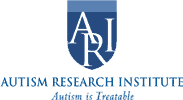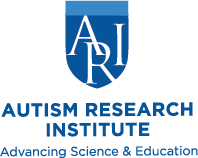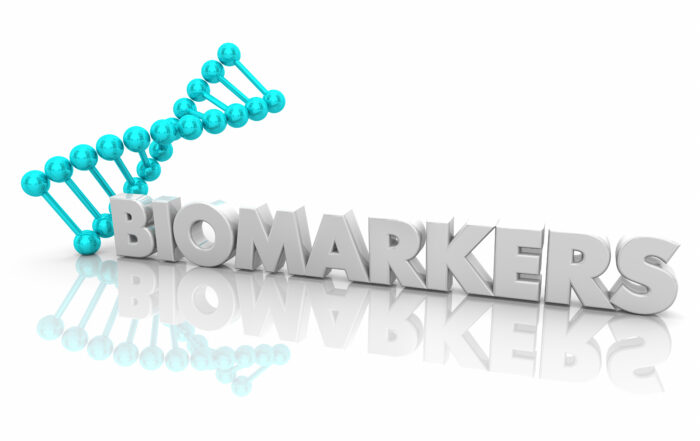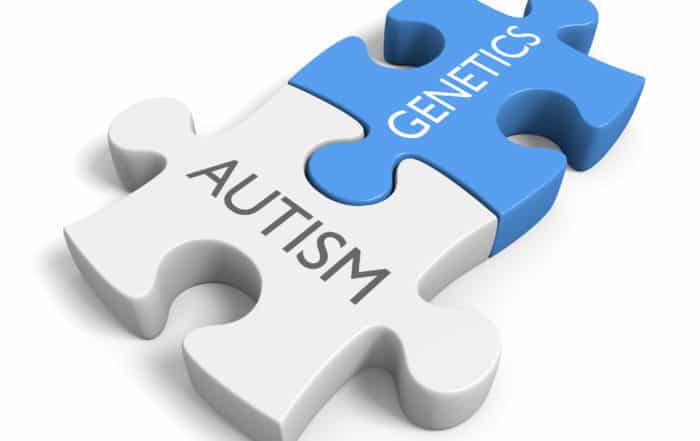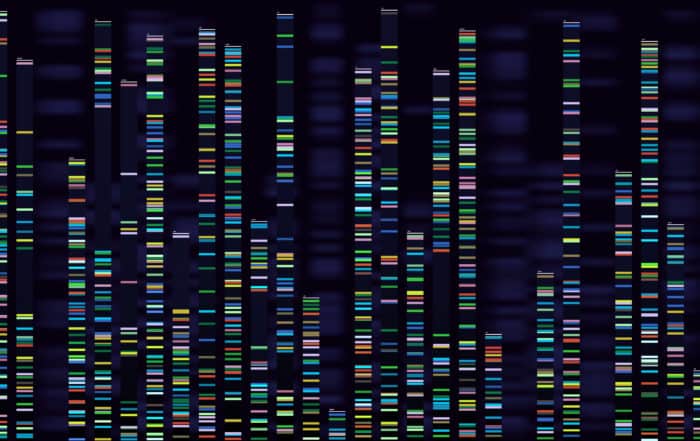In genetics, the term “penetrance” means an average across a population of the frequency of association of one or more particular gene mutations with a specific phenotype, e.g., autism. Many “syndromic” or “genetic” forms of autism have variable penetrance, sometimes only a few fold times more than the rates seen in the general population, and sometimes up to ~100% penetrance (e.g., genes like CHD8 and ADNP).
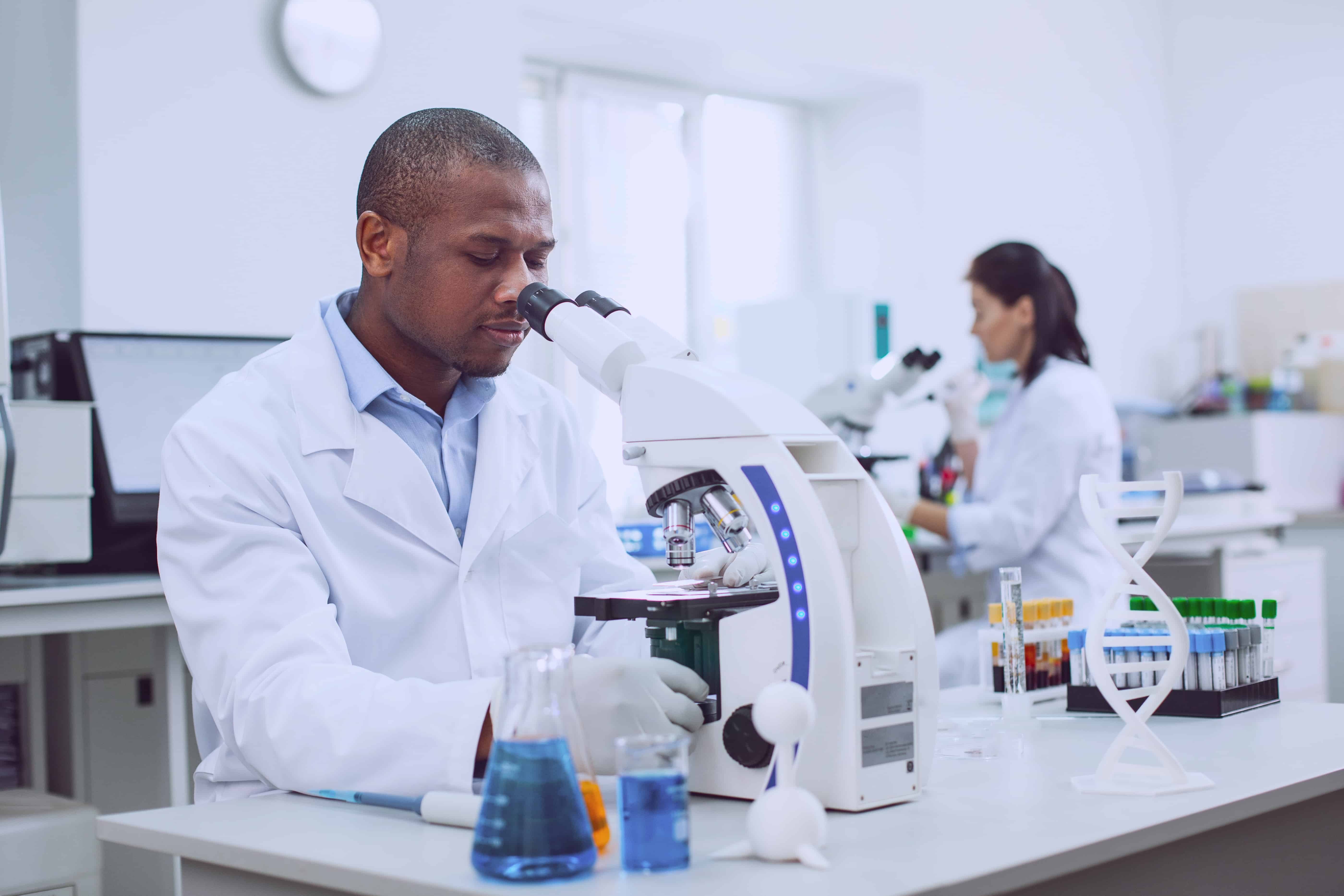
The higher the penetrance, the fewer the variables that are likely involved in causing the phenotype of interest. The lower the penetrance, the better the likelihood that other genes and/or environmental agencies are also playing vitally important roles. Penetrance, expressed as a percentage, gives a good idea as to the complexity of a phenotype’s etiology.
For instance, exposure to valproic acid in utero predisposes toward autistic symptomology; however, the rates of co-occurrence of Fetal Valproate Syndrome and autism are roughly 10%, which suggests a more complex picture than, say, Angelman Syndrome, in which about 80% of individuals display autistic symptomology.
The fact that rare mutations account for only a minority of cases thus far suggests a few things:
-
- Common gene variants may play small but significant roles in predisposition (e.g., the MET receptor); these are unfortunately much more challenging to identify due to the need to study such large numbers of people, sometimes numbering in the hundreds of thousands, in order to gain enough statistical power.
- Vulnerability may be polygenic (multiple common variants in conjunction).
- Environmental agencies probably also play some significant roles in determining autistic phenotype, which will vary on a case-by-case basis.
As a word of caution, when we’re talking about gene mutations associated with autism, the vast majority of those identified are the rare ones.
Why? Because it’s possible to identify those very easily. When a mutation shows up a few times in your experimental group and none of the time in the controls (and you have a large enough N), that’s likely to be a rare mutation, defined as occurring in less than 1% of the population. We know of a few common variants associated with autism, but these are few and far between. So it isn’t that genetics only explains 18-20% of the cases of autism, it’s that rare mutations primarily account for that proportion of cases. There is still much work to be done to potentially identify common variants and combinations thereof that could predispose toward autism as well. The one-fifth is only part of the story.
by Manuel Casanova, M.D. and Emily Casanova, Ph.D., University of South Carolina, Greenville, South Carolina
This editorial appears in the Autism Research Review International, Vol. 29, No. 3, 2015
Learn More
Biomarkers start telling us a story: Autism pathophysiology revisited
Learn about emerging research on biomarkers and autism from a recent ARI Research Grant recipient. This is a joint presentation with the World Autism Organisation. The presentation by Dr.
The Low-Hanging Fruit: Exploring Monogenic Syndromes with Elevated Rates of Autism
Learn research updates on how genes associated with autism are functioning in the brain and how changes in these genes are linked to characteristics of autism and other conditions.
Prenatal exposure to cannabis may increase likelihood of autism
Cannabis use during pregnancy may alter placental and fetal DNA methylation (the process of turning genes “on” and “off”) in ways that increase the likelihood of autism spectrum disorder (ASD) or
Behavioral and Brain Signatures of Autism in Females
Kaustubh Supekar, Ph.D., examines recent findings about gender/sex differences in autism phenotypes and brain organization. He highlights the underrepresentation of females in autism and underscores the need for a large-scale science approach. The
Alzheimer’s drug appears to benefit adult men with fragile X
A drug intended to help people with Alzheimer’s disease may also be beneficial for individuals with fragile X syndrome, according to a new study. Fragile X syndrome is the most common known
“Genetic wrinkles” in DNA may explain some cases of ASD
Researchers in Canada report that expanded tandem DNA repeats—what they dub “genetic wrinkles” in DNA—may play a significant role in autism spectrum disorders (ASD). Stephen Scherer and his team, including first author
